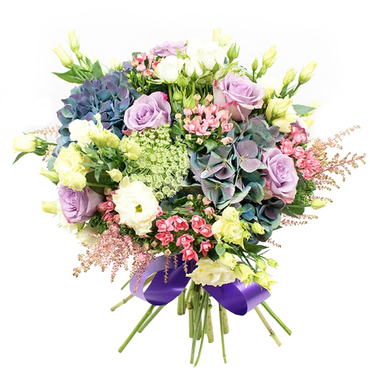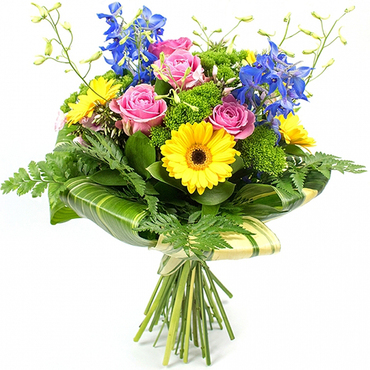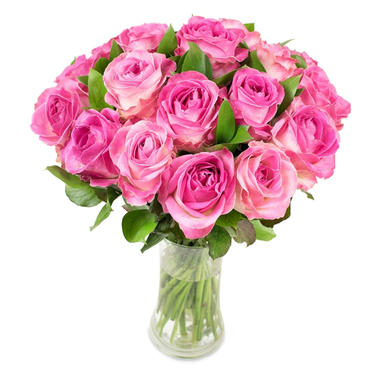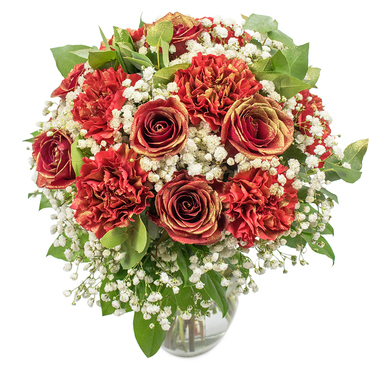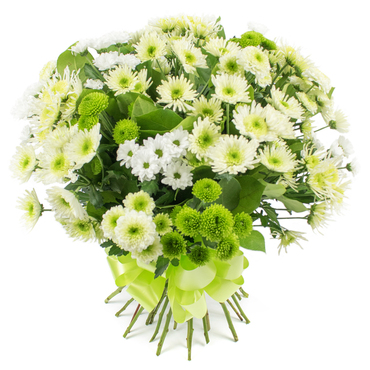Symbolism Behind Tulip Colors
Posted on 23/09/2025
Tulips are one of the most recognizable and beloved flowers in the world. Their elegant shape and vibrant colors have made them a favorite among gardeners and flower enthusiasts for centuries. But tulips are more than just beautiful flowers; they also carry rich symbolic meanings that can vary based on their color. This article delves into the fascinating symbolism behind different tulip colors and how you can use them to convey specific messages.
History and Origin of Tulips
Tulips are native to Central Asia and were first cultivated in Persia around the 10th century. They were later brought to Europe, specifically the Netherlands, in the 16th century by a biologist named Carolus Clusius. It's from the Dutch that tulips gained widespread popularity and a significant cultural status. The period known as "Tulip Mania" in the 17th century saw the flower become one of the most sought-after and costly commodities in Europe. Tulips became a symbol of wealth, prosperity, and high social status.
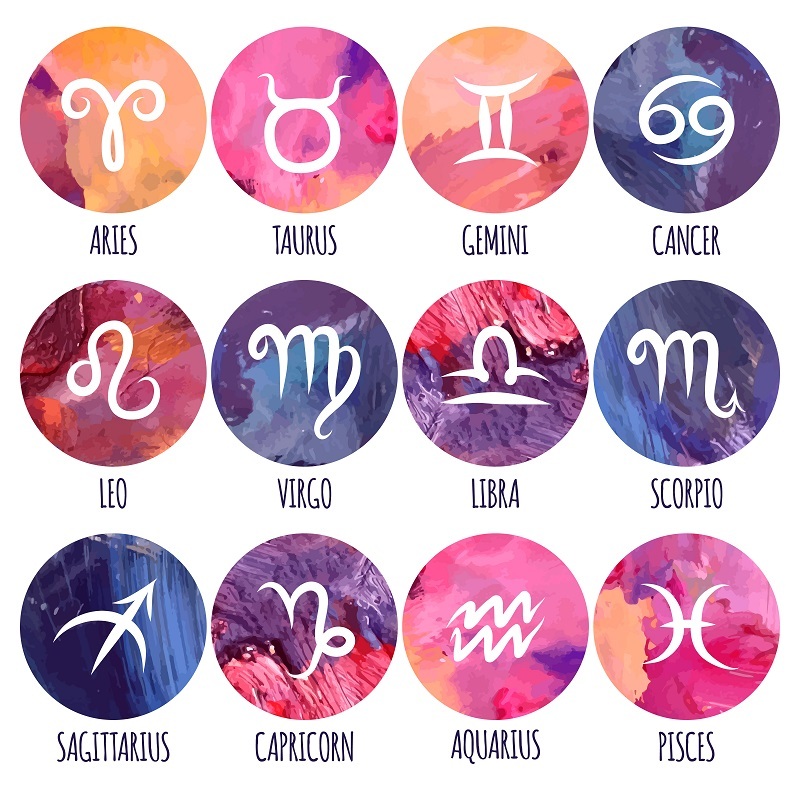
The Language of Flowers
The "Language of Flowers," also known as floriography, is a form of communication that uses flowers to convey messages and emotions. This practice gained popularity during the Victorian era, a period when expressing feelings directly was often frowned upon. During this time, tulips became a crucial part of floriography, with various colors representing different emotions and messages.
Red Tulips: The Emblem of Love
Red tulips are perhaps the most universally recognized symbol among tulip colors. Much like red roses, red tulips are a symbol of deep and passionate love. They are often given as a token of romantic affection and are popular choices for Valentine's Day. The vibrant red petals communicate a message of strong emotions, desire, and everlasting love. If you want to show someone that your love for them is both ardent and enduring, red tulips are the perfect choice.
Yellow Tulips: Sunshine and Cheer
Yellow tulips once symbolized unrequited love, but their meaning has evolved over time. Today, yellow tulips are generally associated with happiness, cheerfulness, and friendship. Their bright, sunny color brings joy and warmth, making them an excellent gift for friends and family members. Whether you're celebrating a birthday or trying to brighten someone's day, yellow tulips are a fantastic option.
Pink Tulips: Grace and Affection
Pink tulips are often linked to grace, happiness, and affection. They strike a balance between the passionate red and cheerful yellow, making them versatile flowers for various occasions. Pink tulips are commonly used in weddings and celebrations of love, but they are also suitable for expressing gratitude and admiration. If you want to show your appreciation and care without the intensity of red flowers, pink tulips are ideal.
White Tulips: Purity and Forgiveness
White tulips symbolize purity, innocence, and forgiveness. They are often used in religious and spiritual contexts, as well as in wedding ceremonies to denote new beginnings. White tulips can also convey a message of apology and a desire for reconciliation. If you wish to mend a strained relationship or seek forgiveness, a bouquet of white tulips is a thoughtful and meaningful gesture.
Purple Tulips: Royalty and Admiration
Purple has long been associated with royalty, luxury, and nobility, and purple tulips carry these connotations well. They represent admiration, respect, and high regard. Giving someone purple tulips is akin to telling them that they are highly esteemed and valued. Purple tulips are also fitting for marking significant milestones and achievements or for expressing admiration for someone's accomplishments.
Orange Tulips: Enthusiasm and Energy
Orange tulips are bright, bold, and full of life, symbolizing enthusiasm, energy, and excitement. They can be used to express a sense of pride or a burst of spontaneous energy. If you want to invigorate someone's spirits or celebrate a vibrant personality, orange tulips are the perfect choice. Their striking color can uplift and inspire, making them a great addition to celebration bouquets and festive arrangements.
Black Tulips: Mystery and Elegance
Although true black tulips are rare and more accurately a deep, dark purple, they are often seen as symbols of mystery, elegance, and sophistication. These flowers can convey an air of mystery and a sense of rarity, making them an intriguing addition to any bouquet. Black tulips also signify strength and power, giving them a unique place in floral symbolism.
Multicolored Tulips: Versatility and Expression
Multicolored tulips offer a kaleidoscope of meanings because they combine the symbolism of different individual colors. They are versatile and can be customized to convey a multifaceted message or a range of emotions. Whether you want to communicate love, joy, admiration, or energy, a bouquet of multicolored tulips can encapsulate all these sentiments in a single, dazzling display.

Choosing the Right Tulip Color
When selecting tulips, it's essential to consider the message you intend to convey. Each color carries its own unique symbolism, and choosing the right one can amplify the sentiment behind your gesture. Whether you're looking to express love, convey congratulations, offer comfort, or simply bring joy, there's a tulip color that can help you articulate your feelings perfectly.
Conclusion
Tulips are more than just beautiful flowers; they are vivid symbols that can, through their colors, convey a spectrum of emotions and messages. Understanding the symbolism behind tulip colors can help you select the perfect bouquet for any occasion and ensure that your floral gift carries the intended message. Whether it's the deep passion represented by red tulips, the joyous cheer of yellow tulips, or the grace and admiration of pink tulips, each color adds a layer of meaning that can enrich any gesture. So the next time you choose tulips, consider their symbolic significance, and let your flowers speak the language of the heart.







